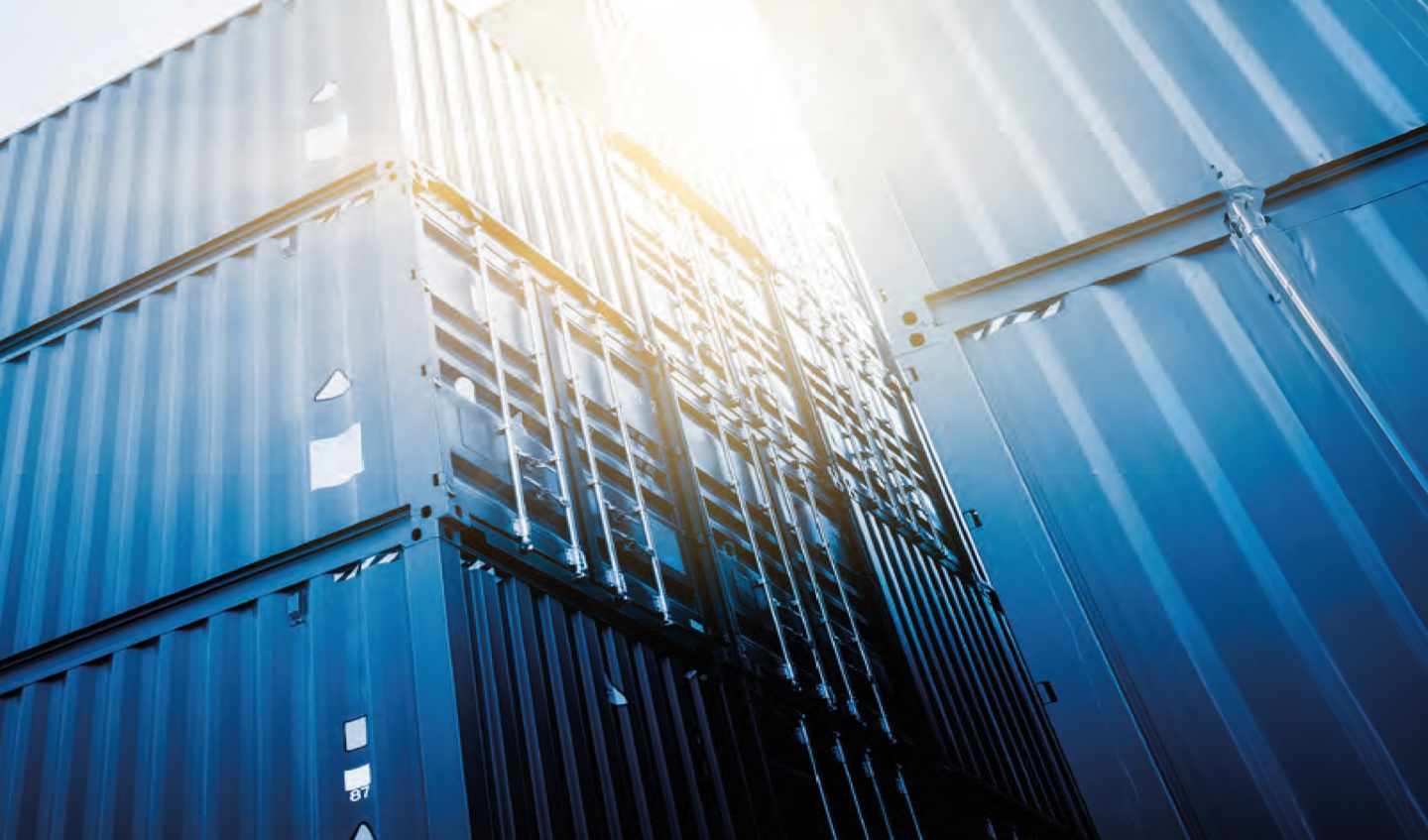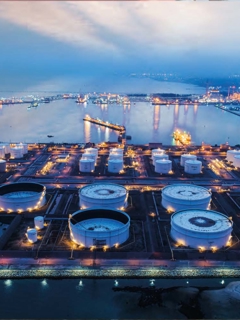The container shipping industry has been enjoying the most profitable period in history as the world begins to recover from the pandemic and consumption in the west switches from services to goods. Streamlined liner services have been operating at full capacity, enjoying strong freight and charter rates that are predicted to continue.
At the same time, losses of boxes overboard have become an increasing problem of late. The World Shipping Council estimates that on average a total of 1,382 containers were lost over the years 2008-2019, while nearly double that number, 2,675, were lost in just the two-month period from November 30, 2020 to January 31, 2021 – corresponding to mid-winter in the northern hemisphere, home to most of the world’s main liner trade routes.
Notably, the ONE Apus having lost approximately 1,800 containers in rough weather in early December 2020 while sailing from Yantian, China to Long Beach, USA, while the Maersk Essen lost around 750 containers in January 2021 while en route from Xiamen, China to Los Angeles, USA.
“Even one container lost is a problem,” says Seb Brindley, LR’s Lead Specialist and Manager for Structural Analysis Services (SAS), even if the overwhelmingly vast majority of the approximate 225 million containers carried annually at sea arrive safely. “The industry should be working towards zero losses,” he adds.
Containers lost overboard can pose serious safety and environmental risks, especially if they are carrying toxic or hazardous materials. Even seemingly harmless items – like small children’s toy building bricks or the minute plastic/polystyrene nurdles used as a filler in the packaging of items – can cause untold damage when ingested by fish and other sea creatures or washed up in their millions on beaches, he points out.
Environmental and reputational problem
Then there are the dangers of improperly secured or packed containers spilling their contents on board as a result of stacks swaying excessively or colliding into each other, as may have happened in the recent X-Press Pearl accident in late May where spilled nitic acid was reported onboard before a subsequent explosion and fire sank the vessel off Sri Lanka, resulting in widespread pollution.
Container incidents leading to high-profile environmental damage or major disruption of supply chains can lead to serious reputational damage for the shipowners involved and potentially affecting decisions by investors and finance institutions looking for strong ESG (Environmental, Social and Governance) policies. They also impact P&I Clubs and the insurance premiums that they charge shipowners, stowage collapses having been involved in more than half (by value) of all container-related claims by during 2018 and 2019 (source: freightwaves.com).
So, what is to be done in preventing these container accidents and losses, while at the same time continuing to allow containerships to ply their vital trade delivering the world’s goods safely and benefiting from current strong markets?
According to Brindley, many issues can be addressed before a vessel departs, for example by ensuring that the requirement to document Verified Gross Mass (VGM) of loaded containers – mandatory requirement as of July 2016 – has been carried out and properly declared.
Visual inspections are also needed to ensure that there are no damaged containers and that proper securing and lashing arrangements are in place. In addition, regular checks should be carried out to ensure no excessive wastage or wear to fittings such as ISO sockets, lashing rods and twistlocks, he adds.
But two critical issues remain, he says, namely of ‘overloaded stacks’ and ‘large vessel motion’, and this is where LR’s newly expanded BoxMax notation and rules come into play.
Factoring in vessel motion
Some but not all container ships currently employ onboard Container Securing Software (CSS) systems which employ LR’s LashRightSolver engine, based on its LashRight rules to ensure container stacks are arranged and positioned safely.
“Operators want to optimise container stack configurations,” Brindley explains, to ensure they are not top-heavy and topple over in rough conditions, but also to minimise restows and time the vessel spends in port. This planning, stowage and verification process can be an extremely complex and is best carried out with the assistance of specialised software. On modern large container ships verification and acceptance of the stack configuration against the approved paper Container Securing Arrangement (CSA) is almost impossible – even if the CSA has the relevant GM condition for the vessel. It is important the vessel has the means and tools available to check the loaded stack configuration is safe.
LR therefore requires that the use of an approved CSS systems is mandatory on conventional container ships, and here Brindley points out that the CSS systems can also allow the crew to customise the expected loading considering the route, season or even weather forecast in a simple manner, this provides greater flexibility, but without compromising on safety. LR has now expanded on this and permits customisation of the vessel motions considering the vessel operation approach, a first in the industry.
“The only way to maximise loadability and safety and minimise costs is to use the right vessel motion,” he emphasises, “and this is where LR differentiates itself from other classification societies.”
Vessel motion is really sensitive to parametric roll in particular as this can occur quickly and is difficult to counter without any operational guidance tools, he explains, occurring as it does when a vessel’s length is similar to that of the prevailing wave patterns and the encounter wave period is close to the natural roll period, both are hard to predict in a seaway.
“So the first step is to determine what is a reasonable roll value of vessel motion for a particular route, based not just on vessel dimensions but on what weather routeing considerations and operational guidance it is taking into account”, Brindley continues, in order to plan an optimum vessel route that avoids any seriously adverse sea conditions. “The key to container ship safety is ensuring the container stacks can withstand the vessel motion, and the best solution is achieved with a combination of dependable weather routeing and operational guidance, balanced with carefully control of the container stack arrangement.”
Which means that for LR rules to accurately predict optimum safe loadability “we need to understand how the vessel is operated”, he says. “if weather routeing software is used and whether there is operational guidance in place onboard, for example on parametric rolling, which could be software integrated in the navigation system of the vessel, or in the weather routeing system, or in the support system ashore.” Historic vessel motion data can also be analysed, he adds, to select “a sensible maximum angle of roll to use”.
Newly expanded ‘BoxMax’
To support client’s needs, LR has recently expanded its BoxMax notation and rules by introducing two new packages – which LR says “leverage environmental data to ensure container capacity can be fine-tuned for global operations”.
The first is called ‘BoxMax(V,W,L) Flexible Stowage’ – where the initials stand for Voyage, Weather and Limited. The package builds on the features of LR’s existing BoxMax Assured Stowage rules, adding flexibility by considering the vessel route, season and for short voyages the predicted weather forecast, programmed into planning and onboard container securing software via our LashRightSolver integration”.
In simple terms, the rules and notation are based on a prediction of how the vessel will respond to probable weather conditions on a route, fine-tuned to take into account the significant wave height limits expected to be encountered during specific seasons. The second new version is ‘BoxMax(M) Customised Stowage’ – where the ‘M’ refers to ship motion monitoring. LR refers to this as ‘the cutting edge of container stowage optimisation – allowing clients to build customised models around vessel motion response’.
The BoxMax(M) package builds on the above features of BoxMax(V,W,L) Flexible Stowage but adds the ability “to customise coefficients for specific vessels based on roll angle and wind speed, allowing clients to fine-tune their stowage acceptance criteria based on how they predict and how they manage their vessel motion response at sea (where applicable)”, explains LR.
In other words, this enable operators to factor in their own contingency response to adverse weather conditions both in terms of weather routeing procedures employed and any operational guidance tools in the event of dangerous vessel behaviour such as parametric roll.
With the newly expanded notation “we are not saying that we reduce the likelihood of a freak storm,” comments James Forsdyke, Head of Marketing at LR. “Instead with BoxMax we give everyone a clear indication of the limits of that stack – so that the onboard staff can react to that freak occurrence based on analysis. They know if they are rolling more than x degrees then that stack will become unstable so they know the threshold at which they must make course and speed corrections to minimise rolling during a storm, for example.”
In short, LR believes that its BoxMax rules and notation – containing proprietary LashRight software – represents a flexible, forward-thinking and commercially attractive solution that allows quick and accurate assessment of optimum stack weights and loading, tailored to both vessel size and expected environmental conditions, thereby ensuring maximum safety.
“LR is doing the right thing to support the industry, making sure the right choices are being made to safeguard the ship, crew, cargo and environment.”







